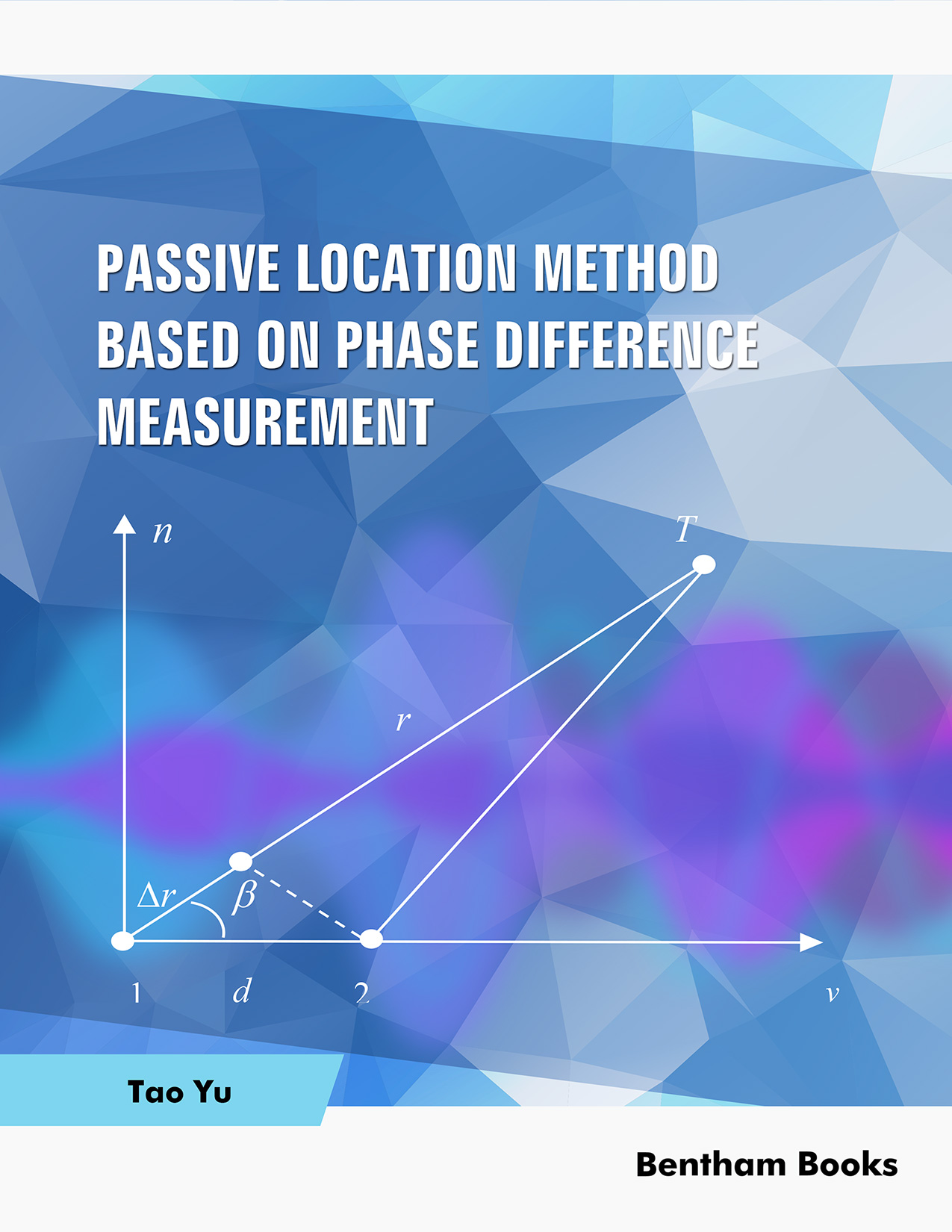Introduction
Passive Location Method Based on Phase Difference Measurement
presents groundbreaking information for developing passive positioning technologies. The author has put forward a series of innovative solutions from the perspective of engineering application theory with the aim of giving a basic understanding of the application of unambiguous phase difference localization techniques for long-range passive detection.
On the basis of the existing linear solution of the double basis path difference positioning equation and the analysis of its intrinsic properties, this book starts from the study of the phase difference measurement method of the phase difference change rate, puts forward the concept of the differential function of the path difference per unit wavelength length and also discovers its jump law. It provides a possible way to solve the problem of unambiguous phase difference measurement. These results are of great significance to the development of passive localization techniques based on unambiguous phase difference measurement.
Key Features:
- Sequentially presents theoretical frameworks to build the readers knowledge for better understanding the topics
- Presents a variety of unique method for solving kinematic positioning parameters and Doppler signal parameters by using unambiguous phase difference measurement.
- Presents a variety of direction-finding and ranging methods based on short baseline array and using unambiguous phase difference measurement technology, and exhibits the method of constructing long baseline two-station direction finding and ranging with short baseline array
- Presents a variety of two-station passive positioning methods based on angle measurement which are beneficial to improve the positioning accuracy on the basis of studying the relationship between the phase difference and angle
- Presents the means to convert Doppler detection to the non-fuzzy phase difference measure, for the localization problem in which it is difficult to use the phase difference localization equation directly, since the accuracy of the phase difference measurement is better than that of the Doppler frequency difference
- Presents a variety of new positioning methods and several novel concepts while demonstrating the theoretical exploration of passive location problem based on unambiguous phase difference measurement
This reference is a resource for scholars, engineers and technicians involved in radio positioning research and the improvement of radar, satellite navigation systems, unmanned systems and Internet of Things infrastructure.

